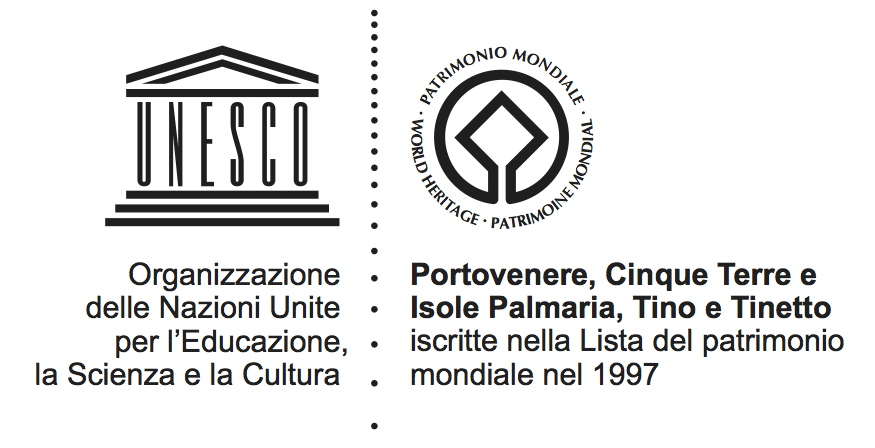At a meeting for the Committee for the Protection of Intangible Cultural Heritage, which took place from November 26th to December 1st 2018 in Port Louis, Mauritius formally registered the Art of dry stone walls on the UNESCO Intangible Cultural Heritage List. Registration is common to eight European countries – Cyprus, Croatia, France, Greece, Italy, Slovenia, Spain, and Switzerland.
For our country this is the ninth recognition and the third transnational (after the Mediterranean Diet and Falconry).
UNESCO highlights that “the art of dry stone walling” consists of staking the stones one on another, without using other materials, except, in some cases, dry soil. This practical knowledge is preserved and handed down in rural communities, where they have deep roots, and among professionals in the construction sector. Structures with dry walls are used as shelters, for agriculture or livestock, and testify to the methods used, from prehistory to the present day, to organise life and work spaces by optimising the local human and natural resources. These constructions demonstrate the harmonious relationship between man and nature and at the same time play a vital role in preventing landslides, floods, and avalanches, but also combat soil erosion and desertification.
The UNESCO Site Porto Venere, the Cinque Terre and the Islands (Palmaria, Tino, and Tinetto), in particular, is one of the Italian sites where the peasant culture of dry stone walls has a very long and rich history.
To prevent this knowledge from being lost, the local administrations have financed training courses for younger generations. The use of interlocking stones, besides being functional, is of course eco-friendly.
